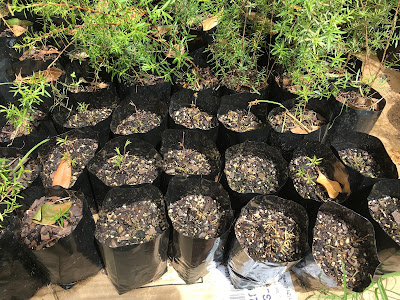There's been a rash of beehive thefts lately.
There are a few things going that that might cause this: The price of manuka honey is rising fast. And the bee industry is growing like crazy too, with lots of new beekeepers coming in to the industry to try and make a good dollar.
This also means the value of beehives is increasing too. A 2 box hive used to cost about $700 a couple of years ago, now it is above $1000.
All of this creates an industry where the get-rich-pickings seem irresistable, so the opportunity is there for less scrupulous people to take advantage too. Hence the increase in beehive thefts.
Where are the bee thefts from?
This is not from any official source like the police, but my gatherings of anecdotal information over the last month or so.
It seems that beehive thefts have been occurring in quite a few places:
- North Waikato
- Whanganui
- Tauranga
- Hokianga
- South Wairarapa
It doesn't seem to be such a problem in the South Island.
What have the thieves been doing?
Well, this is where it gets a bit bizarre.
There is the usual, which is what you might expect, where thieves take whole boxes. At this time of year it is often 2 box hives. And they leave just a dent in the grass. In one case they took the boxes but left the bases.
And how many hives are taken? It depends a bit on how many hives are at a site. And how many make up a truck or ute load. The numbers are from 12 to dozens.
Thieves have cut through padlocks to get into paddocks. Or lifted the whole lot over wire fences, quite a mission.
In another variation, the thieves took just the frames and bees out of the boxes, and left the boxes behind.
Then bizarrely, there have been a couple of cases it seems, where the thieves took the frames, and replaced them with new plastic foundation frames. Is that weird or not? Well, maybe, maybe not.
Read the full post here for some theories about who these thieves are, and an outline of things you can do to protect your hives.















































